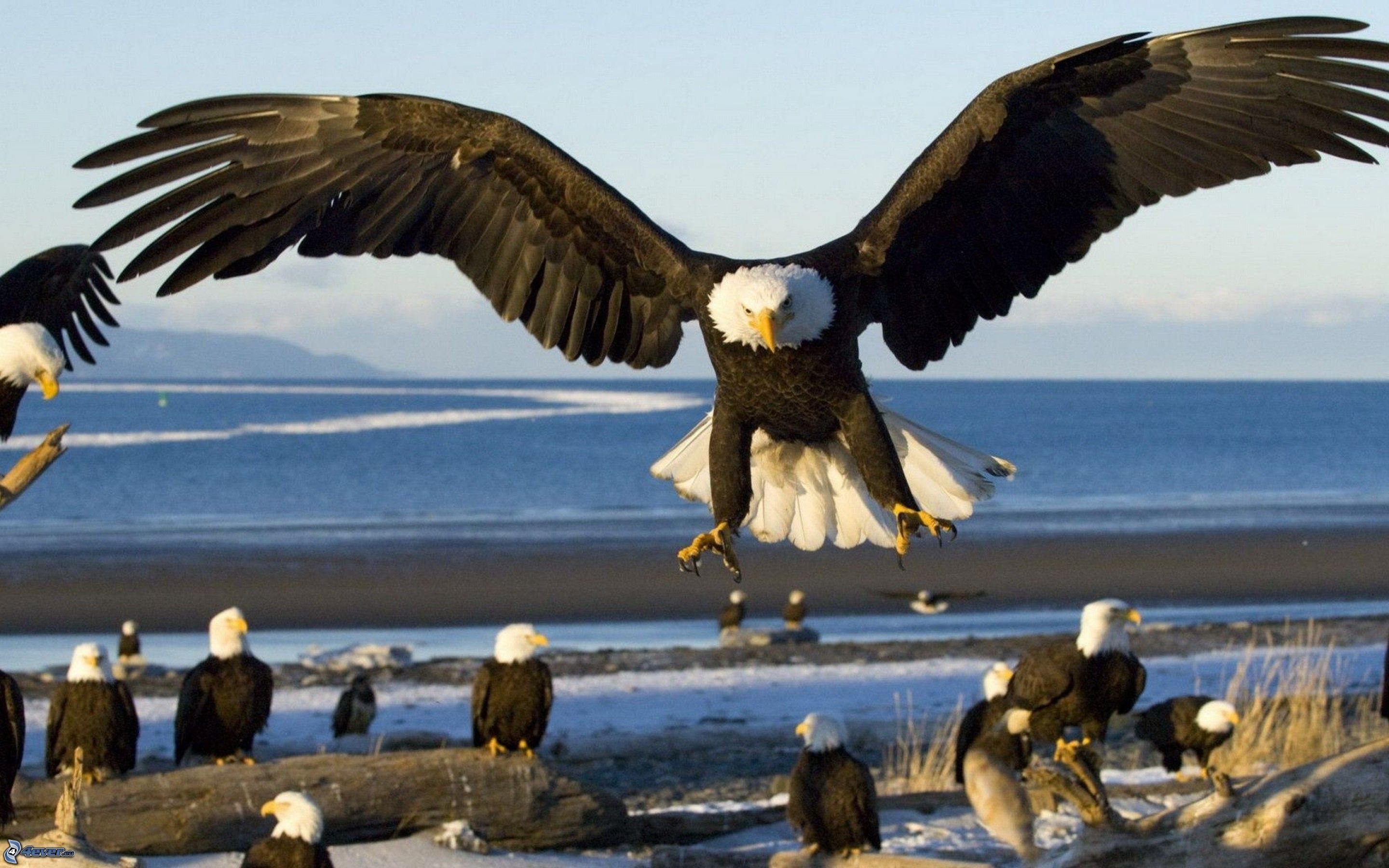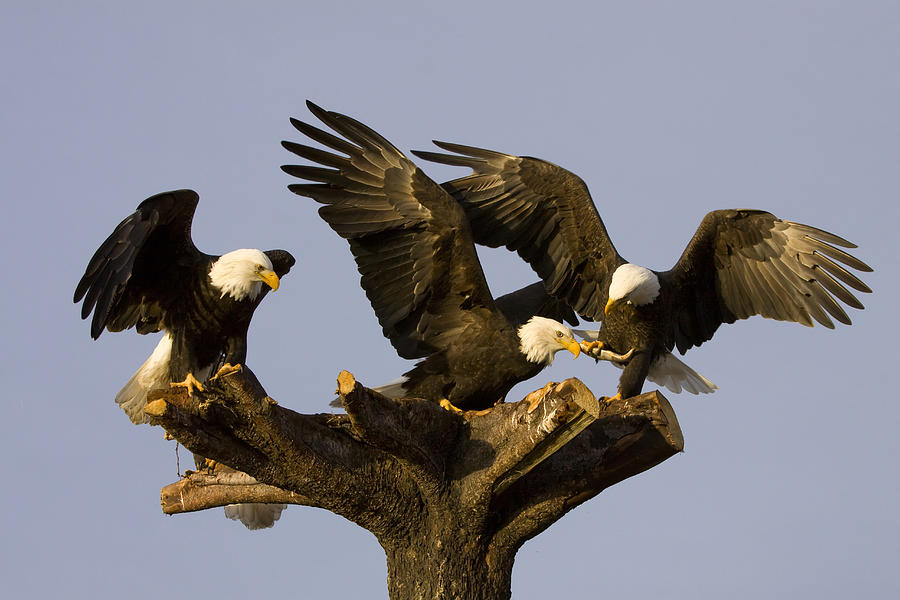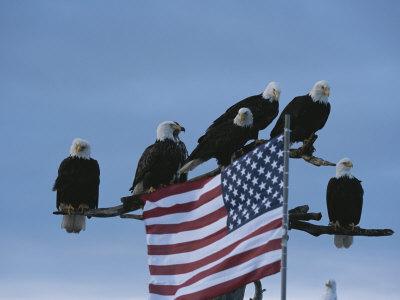

Photographers line the river bed with tripods and all-weather gear to capture eagles in flight.

The peak of congregation typically coincides, not incidentally, with the festival in the second week of November. The best viewing area for the eagles is the pullout off the Haines Highway at Mile Post 21 (marked by signs). When they spot salmon, the birds launch from their perch in the trees beside the river and land on their prey, dragging it to the adjacent shore to feed. She laughs, describing an opportunist eagle who once snatched a fisherman’s pole with pink on the line.
.jpg)
“The eagles were everywhere, sitting in the trees waiting for the tides to go down so they could get some fish,” Randles recounts later that day. Her binoculars bounce over potholes on the passenger seat. On an overcast afternoon in mid-October, Randles drives her rig roughly 12 miles out to the Chilkoot River on the other of the peninsula, one of three rivers spawning salmon swim up before ending in the Chilkat River. “I watched them for so many years, I just have to go out to look,” she admits. Randles began counting the fall eagle migration 20 years ago as part of her teaching curriculum, and can’t quit. One of those locals is Pam Randles, a now-retired high school science teacher and naturalist guide in Haines. But the bald eagles, of course, haven’t gotten the message-and local residents never tire of the natural phenomenon. For the grand finale, visitors are driven up the highway to witness a rehabilitated eagle release, followed by a banquet dinner.ĭue to Covid-19 risks and stringent state travel restrictions, the festival, which typically draws around 300 visiting birders, photographers and tourists from all over the world, has been canceled.
#FLOCK OF EAGLES SERIES#
The foundation serves as both a museum and live raptor center, home to several rehabilitated bird species called “avian ambassadors.” For the last 25 years, the nonprofit has hosted an annual four-day festival around the congregation of the eagles, consisting of a speaker series on local ecology, an artist bazaar and a film screening. That same year, a Haines local formed The American Bald Eagle Foundation (ABEF) to educate visitors on the region’s unique asset. In 1982, the State of Alaska established the Alaska Chilkat Bald Eagle Preserve, setting aside 48,000 acres of river-bottom to protect the eagle habitat and all five species of pacific salmon found there. “The eagles still have access to the chum (salmon) well into November and December because there is upwelling in this area that prevents the river from freezing,” says Nicole Zeiser, the Haines’ area management biologist for the Alaska Department of Fish and Game. Percolating groundwater keeps late fall runs of chum and coho salmon spawning well into winter months, providing food for the birds. Eagles flock to the Chilkat River flats along the Haines Highway in early November for its unique hydrology.

The area is home to about 500 residential eagles that attract visitors year-round, most especially in the fall when migrating birds up the count to historic highs of 3,000. The peak of congregation typically happens in the second week of November. The town draws tourists seeking world-renowned heli-skiing, hiking, local brews, a thriving arts scene and, of course, bald eagle sightings. The valley extends from the Canadian border south, past the indigenous village of Klukwan, to the small town of Haines, originally called Deishú by Alaska Natives, or “end of the trail.” Sitting on the deepest fjord in North America, Haines (population: 2,500) can be reached by small plane or ferry from Juneau or by car from Canada. The Chilkat Valley, a peninsula saddled between glaciated mountain chains and the Chilkat and Chilkoot river systems, is nearly 75 miles north of Juneau. With just a pointer finger and thumb extended, thumb pointing down, the Chilkat Valley-also known as the Valley of the Eagles-is where thumb meets hand on Alaska’s panhandle. In early November, thousands of the birds of prey gather in Haines, Alaska, forming one of the largest congregations of the species in the world.Īlaskans often depict their location in the state by using their right hand as a map. Despite pandemic-caused shutdowns and travel restrictions across Alaska, a small valley in the Southeast still expects its habitual visitors: bald eagles.


 0 kommentar(er)
0 kommentar(er)
